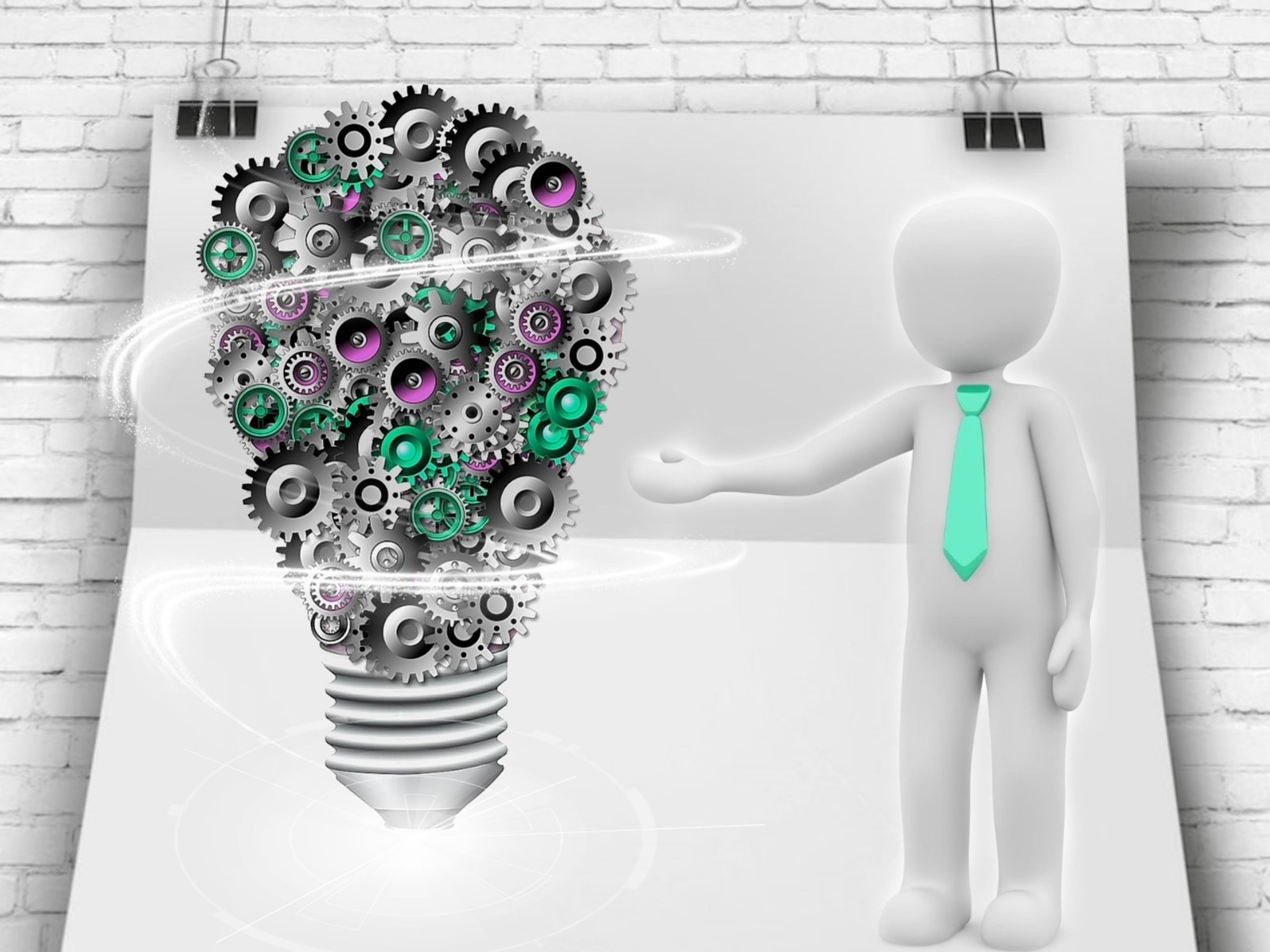The company's success is rarely a coincidence. Usually it is the result of deliberate, strategic actions taking into account a number of more or less predictable factors. The company's success in the market depends on commitment, creativity and workload at every stage of its development. What phases of the company's development do we distinguish? What crises can we expect at each phase?
What will you learn from the article?
Enterprise development is a process that fascinates both management theorists and business practitioners. It is the essence of every company's success and is the goal that countless entrepreneurs around the world strive to achieve. However, this process is not uniform and goes through different phases, which were defined by Laurence J. Greiner in his widely recognized model of organizational development.
In this entry, we will take a closer look at the concept of enterprise development, its goals, and the individual stages of company evolution according to Greiner's model. This will allow you to better understand the dynamics of changes in the company and the challenges posed by each stage on the way to achieving sustainable growth and success.
Enterprise development in a nutshell - definitions
Development, as a long-term process taking place in the economy, is a key element of the functioning of any enterprise. Striving for continuous development is the determining factor for its ultimate suckes in the market. But what does the term development actually mean?
It is difficult to present a single, coherent formula that would describe the complete nature of the development phenomenon. J. Beliczyński describes the company's development as a change of its systems and environment, ensuring the company's achievement and maintenance of a competitive advantage. According to J. Beliczyński, the company's development manifests itself in introducing new elements to the company's system, improving the quality of elements that already exist in given systems, as well as in changing the structures of these systems.
R. Brajer-Marczak rightly notices that the development of an enterprise may concern its part or the whole, as well as refer to all or one area of its operation. According to the expert, the development of the company means the elimination of development discrepancies, i.e. development gap, or improvement of the place that the company occupies in the environment.
P. Prokopowicz, M. Król and G. Żmuda also presented their definition of enterprise development in the work entitled "Determinaty of development of enterprises in the SME sector". According to them, it is "a systemic process of adaptive development, improvement and strengthening of strategies, structures, processes, people and cultures, based on values, science and cooperation, leading to an increase in the efficiency of the company."
What is your company's goal?
We will help you achieve it faster!
What is business development for you?
No two companies are alike. Each enterprise is a separate organism that pursues specific goals, has different values and has its own, different approach to development. What direction of development can the company take?
The first model is development which equates to growth. It is a path aimed at increasing the value of transactions, constant acquisition of new customers and increasing market share. The idea of this form of development may also be to increase the number of employees.
The second idea is to improve the quality of the company's operation. Quality improvement can be understood as improving a product or service, building professional customer service, as well as gaining trust and loyalty in relations with recipients.

Enterprise growth it may also involve the use of an opportunity that appeared on the market at a given moment. Seizing the opportunity may then be associated with the achievement of initial stabilization, and then profitable sale of the created enterprise.
The last, most general and, at the same time, the most popular form of development is ensuring the company's survival on the market and maintaining the selected scale of production and form of activity, through specific actions resulting from a specific, carefully adjusted development strategy.
Achieving business goals is not possible without full stabilization. Achieving this stabilization is referred to as the development phase of the enterprise. What phases will we distinguish?
What are the phases of enterprise development according to Greiner's model?
The company's development phases depend on several factors. Larry E. Greiner mentions among them:
- age of the organization,
- organization size,
- stage of evolution,
- stage of revolution,
- industry growth rate.
Greiner noticed that the way companies operate does not always change over time. Analyzing the activities of the 500 largest American enterprises, he concluded that the company's growth is divided into several years (4-8 years) of peaceful development (evolution), which are followed by short crises (revolutions). Taking into account this pattern, we can distinguish 5 phases of enterprise development.

5 stages of enterprise development
The creativity phase
The first phase of the company's development, in which the market is mainly observed and the products offered are refined.
Hiring new employees makes it necessary to efficiently organize work and manage the enterprise, which may lead to a leadership crisis. The solution to the problem is the introduction of specific structures and procedures in each area of the company's operation.
Targeting phase
This is the moment to introduce a better organization of work, that is, to finally define the company's procedures and structures.
Unfortunately, after some time, there may be friction for comepetence in individual structures. The progressing bureaucratization and the lack of discretionary freedom lead to a crisis of autonomy. The autonomy crisis can be solved by giving more freedom to lower-tier managers. On the other hand, higher-level managers should be allowed to delegate powers.
Phase of decentralization
In the decentralization phase, some powers of senior employees are delegated to those employed in lower positions. This process increases the freedom of individual organizational units.
More freedom, unfortunately, may come with trying to set goals without consulting other departments, which Greiner calls a crisis of control. The solution is to introduce more control over the actions of employees.
Coordination phase
Coordination is necessary when excessive fragmentation of the company's activities is noticeable.
Formalizing most of the solutions leads to the extension of various decision-making processes, which effectively hinders communication. The complexity of coordination can end in a crisis of isolation. The solution is the collaboration phase.
Collaboration phase
The last phase of the company's development is the phase of cooperation, i.e. modification of the company in such a way as to ensure effective communication and cooperation between individual teams. The cooperation phase means efficient decision making, trouble-free creation of new solutions, perception of market opportunities and quick response to them, which results in the continuous development of the company on many levels.
There is a risk of burnout in the cooperation phase. To avoid it, you should take care of the atmosphere in the company, use it integration at work, rationally delegate tasks and offer attractive employment conditions.
What is corporate sustainable development?
Sustainable development of the enterprise is a strategy that becomes the foundation of the modern growth of organizations on the global market. This concept covers the pursuit of balance between economic and social needs, as well as care for the natural environment. The key to the sustainable development of a company is not only generating profits and ensuring the continuous growth of the organization, but also social responsibility and minimizing the negative impact on the environment.
In practice, this means investing in modern technologies that are environmentally friendly, taking care of the well-being of employees, as well as building lasting and ethical relationships with business partners. Organization of a company based on the principles of sustainable development is not only a step towards a better future for our planet. It is also a way to build a lasting competitive advantage on the market.


